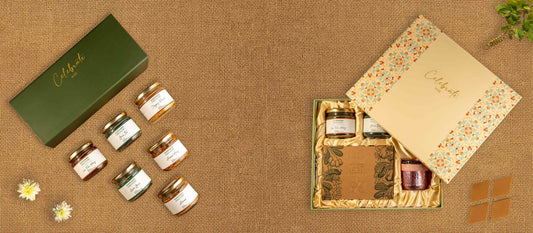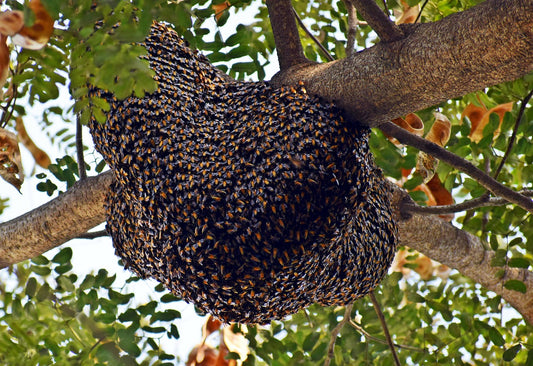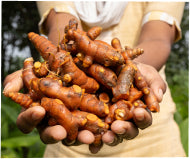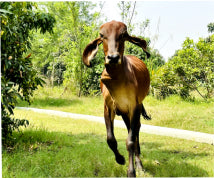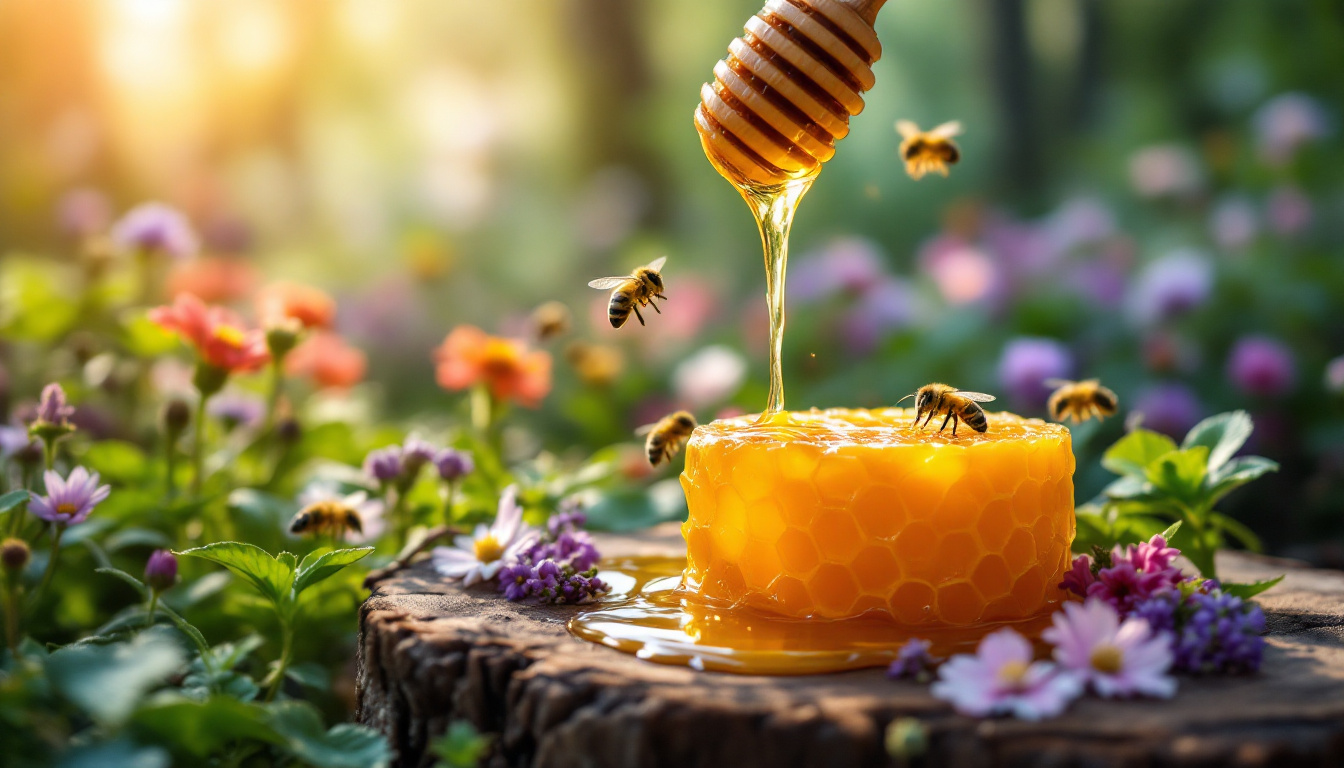
Wild forest honey
Wild forest honey, a rare and exquisite product, is derived from the natural nectar of wildflowers and is collected by bees in pristine forest environments. Unlike commercial honey, which is often mass-produced and may contain additives, wild forest honey offers a wealth of unique flavors and health benefits that stem from its natural origins.
Health Benefits: Why Wild Forest Honey is a Superfood
Wild forest honey is often referred to as a superfood due to its rich composition of nutrients and antioxidants. It boasts a variety of health benefits that contribute to overall well-being and vitality.

One of the key benefits of wild forest honey is its antimicrobial properties. It contains natural compounds that can help fight off infections and promote healing. Studies have shown that raw honey can inhibit the growth of certain bacteria and fungi, making it a valuable addition to home remedies for wounds and sore throats. Moreover, its soothing properties can alleviate coughs and respiratory issues, providing relief during cold and flu seasons. The thick, viscous texture of honey also helps coat the throat, reducing irritation and promoting a sense of comfort.
Moreover, the antioxidants present in wild forest honey, such as phenolic acids and flavonoids, play a crucial role in combating free radicals in the body. These antioxidants help reduce oxidative stress, lower inflammation, and may even aid in preventing chronic illnesses like heart disease and diabetes. The presence of these powerful compounds also supports skin health, as they can help combat signs of aging and promote a radiant complexion. Many people have turned to wild forest honey as a natural ingredient in skincare routines, using it in masks and scrubs to nourish and rejuvenate the skin.
Additionally, wild forest honey is an excellent natural energy source. It quickly converts into glucose, providing an instant boost of energy when consumed, making it an ideal snack for athletes and active individuals. Its ability to regulate blood sugar levels also makes it a healthier alternative to refined sugars. Beyond its energy-boosting properties, wild forest honey is also packed with vitamins and minerals, including B vitamins, vitamin C, calcium, and magnesium. This nutrient density not only supports physical performance but also contributes to overall metabolic health, ensuring that your body has the necessary resources to function optimally throughout the day.
Comparing Wild Forest Honey to Commercial Honey:
What’s the Difference?
When comparing wild forest honey to commercial honey, several differences become apparent, ranging from their production methods to their flavor profiles and nutritional values.
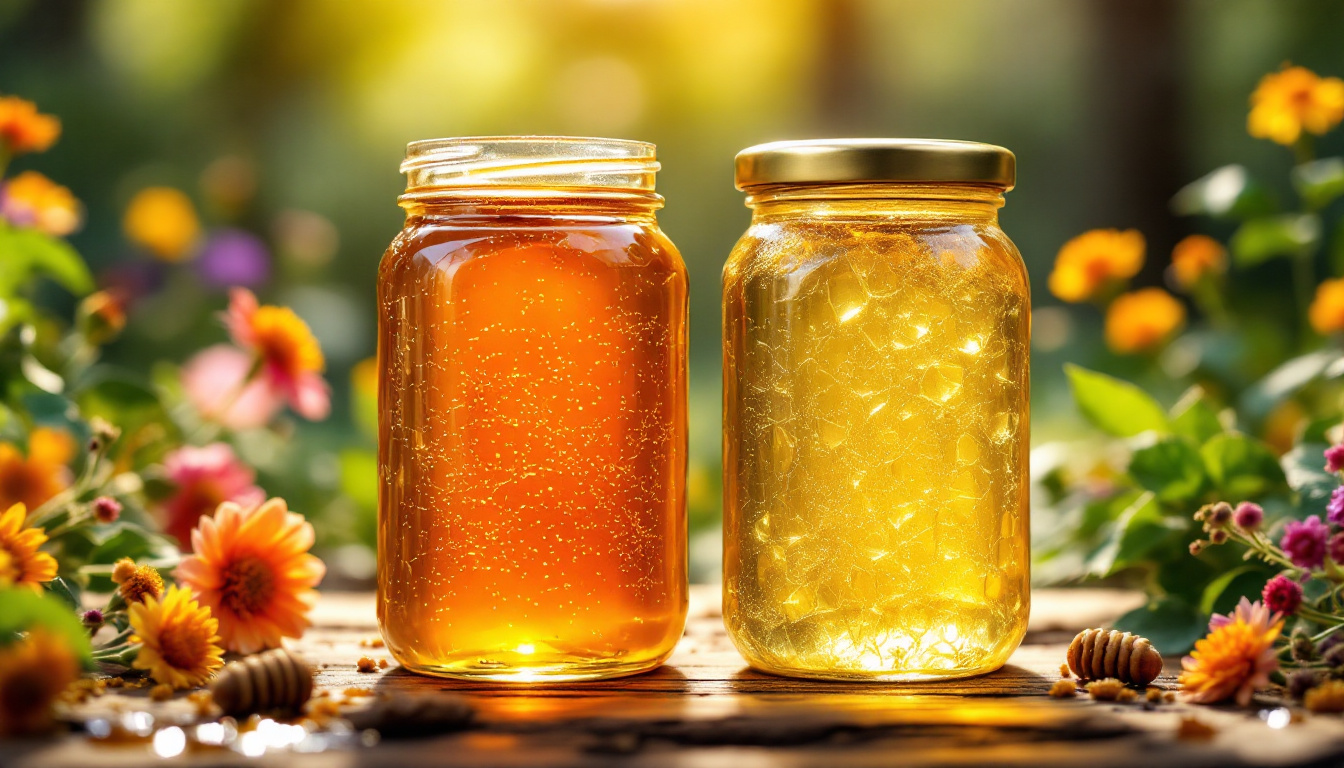
- Production Method: Wild forest honey is harvested from bees that forage on a variety of wildflowers, leading to unique flavors and colors. In contrast, commercial honey is often produced in large-scale operations with honeybees that are primarily fed sugar substitutes and kept in more controlled environments.
- Nutritional Content: Wild forest honey tends to retain more of its natural enzymes and beneficial nutrients because it is typically raw and unprocessed. Commercial honey may undergo heat treatment and filtration, which can reduce its nutritional value.
- Flavor and Aroma: The flavor profile of wild forest honey is diverse and can vary significantly depending on the region's flora, while commercial honey often has a more uniform taste due to standardization.
Furthermore, wild forest honey is less likely to contain additives or preservatives commonly found in commercial products. This purity contributes to its more vibrant taste and greater health benefits.
In addition to these differences, the environmental impact of honey production can also vary significantly. Wild forest honey harvesting often promotes biodiversity, as it encourages the preservation of wildflower habitats that are essential for bee populations. This contrasts with commercial honey production, which can sometimes lead to monoculture farming practices that diminish the variety of flora available to bees. The sustainability of wild honey harvesting supports not only the bees but also the ecosystems they inhabit, fostering a healthier environment overall.
Moreover, the cultural significance of wild forest honey cannot be overlooked. Many indigenous communities have relied on wild honey for centuries, both as a food source and for its medicinal properties. Traditional practices surrounding honey harvesting often include rituals and a deep respect for nature, highlighting the connection between people and the environment. This cultural heritage adds an additional layer of value to wild forest honey, making it not just a product but a symbol of sustainable living and respect for natural resources.
The Role of Bees in Ecosystem Health and Biodiversity
Bees play a vital role in maintaining ecosystem health and promoting biodiversity. As pollinators, they are responsible for the reproduction of a significant number of flowering plants, making them essential for food production and ecological balance.
Throughout their foraging activities, bees facilitate the pollination of both wild and cultivated plants. This process not only enhances food security but also supports the natural ecosystems that a diverse range of species depend on for survival. In fact, it is estimated that one-third of the food we consume each day relies on pollinators like bees. This includes many fruits, vegetables, and nuts, which are not only important for human nutrition but also for the diets of countless wildlife species.
In addition to their crucial role in pollination, bees contribute to soil health through their interaction with plants. As they pollinate flowers, they help maintain plant populations that are essential for stabilizing soil and preventing erosion. Healthy soils are critical for capturing carbon and supporting various life forms. Furthermore, the diverse plant life supported by bee pollination creates habitats for numerous organisms, from insects to larger mammals, thereby fostering a rich tapestry of life that is vital for ecological resilience.
Moreover, the decline in bee populations due to habitat loss, pesticides, and climate change poses a significant threat to biodiversity. Protecting and promoting bee health is essential not just for honey production but for the overall health of our ecosystems. The decline of bee species can lead to a domino effect, disrupting food webs and leading to the decline of other species that rely on the same plants for sustenance. Conservation efforts, such as creating bee-friendly habitats and reducing pesticide use, are crucial steps toward ensuring that these essential pollinators can thrive in their environments.
Additionally, the relationship between bees and flowering plants is a prime example of co-evolution, where both parties have adapted to benefit from one another. Many plants have developed specific traits, such as vibrant colors and enticing scents, to attract bees, while bees have evolved specialized body structures that allow them to efficiently collect pollen. This intricate relationship not only highlights the importance of bees in our ecosystems but also underscores the need for continued research and education on their conservation. By fostering awareness and understanding of these relationships, we can better appreciate the critical role bees play in sustaining the natural world.
How to Identify Authentic Wild Forest Honey:
Tips for Consumers
With numerous honey products available in the market, it’s essential to know how to identify authentic wild forest honey to ensure you’re getting the genuine article.
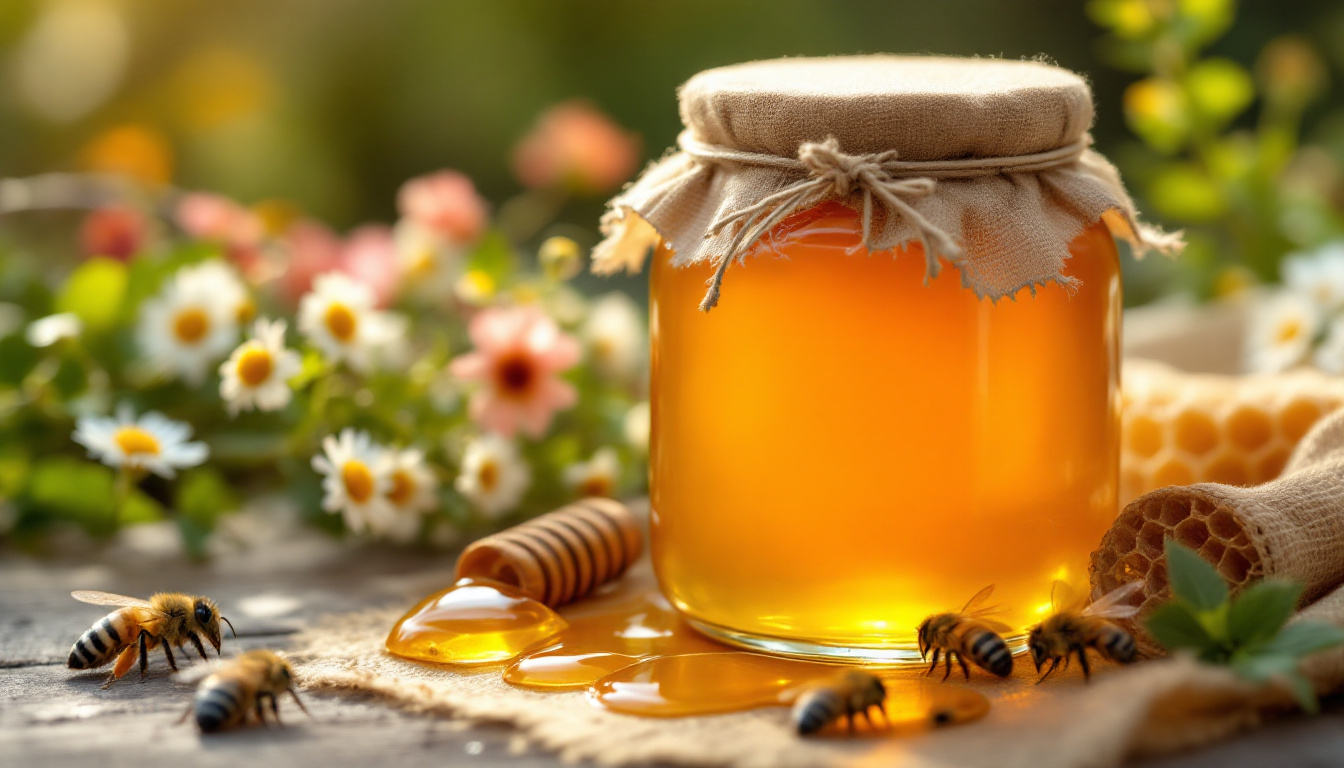
- Check for Raw and Unfiltered Labels: Authentic wild forest honey is typically sold as raw and unfiltered, meaning it has not undergone processing that can strip away its natural benefits. Look for these labels on the packaging.
- Examine the Color and Consistency: Wild forest honey often has a rich, dark color, with a thick and viscous consistency. If the honey is too clear or runny, it may be processed or diluted.
- Smell and Taste: Genuine wild forest honey usually has a range of complex aromas and flavors, reflecting the various flowers from which the bees gathered nectar. Take a moment to smell and taste before purchasing.
- Research the Source: Understanding where the honey is sourced can help. Local beekeepers or specialized companies that prioritize wild honey production are more likely to offer authentic products.
By following these tips, consumers can make informed choices and appreciate the true value of wild forest honey in their lives.
In addition to these identification tips, it’s also beneficial to understand the health benefits associated with wild forest honey. This type of honey is known for its high antioxidant content, which can help combat oxidative stress in the body. Furthermore, it often contains natural enzymes and vitamins that contribute to overall wellness. Many cultures have used wild honey for its medicinal properties, including its ability to soothe sore throats and aid digestion. When you choose authentic wild forest honey, you’re not just indulging in a sweet treat; you’re also enhancing your health.
Moreover, the ecological importance of wild forest honey cannot be overstated. Bees play a crucial role in pollination, which is vital for the growth of many plants and crops. By supporting local beekeepers who produce wild honey, consumers are also supporting biodiversity and the health of local ecosystems. This symbiotic relationship between bees, flowers, and humans highlights the importance of sustainable practices in honey production, ensuring that future generations can enjoy the benefits of this natural resource.

